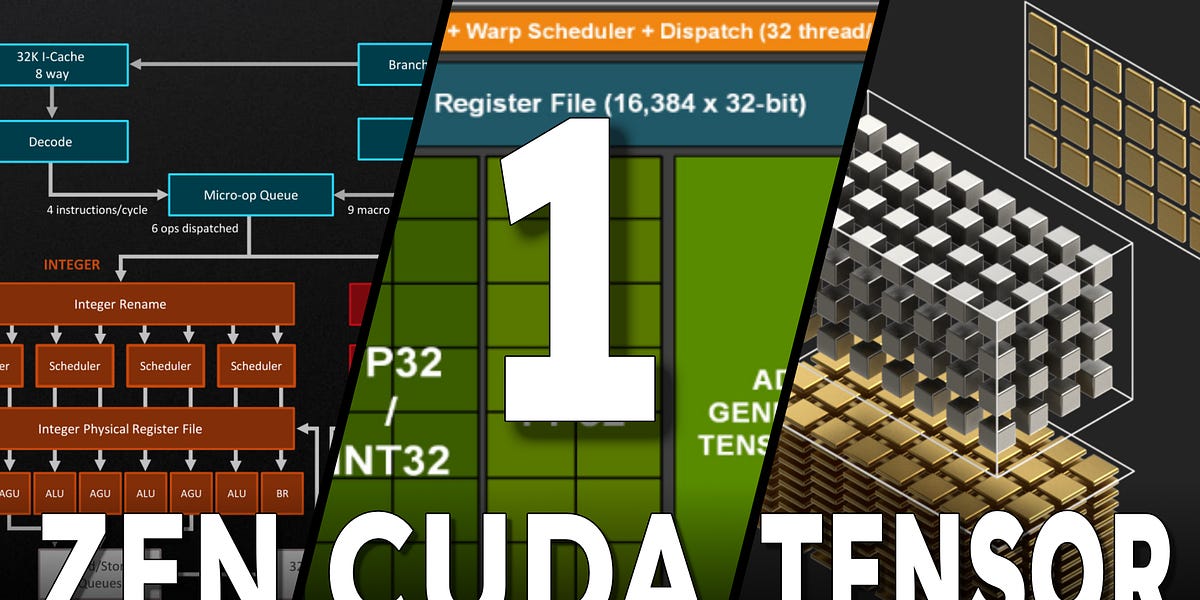Get the latest tech news
Zen and the Art of Writer Decks (Using the Pomera DM250)
This is a brain dump about a gadget I acquired recently—a Japanese grey-market import Pomera DM250—and it's of limited interest so I wouldn't normally write about it here, except the manufacturer has pre-announced a kickstarter campaign, coming in the next couple of months, to sell a US/English version of the machine. I still have the occasional vestigial tech journalist itch, even though it's been nearly 20 years since I stopped doing that for a living, so you can take this as me scratching that itch.
Not, however, popular enough to prevent a cult of DIY WriterDecks emerging, as witness this Reddit curated list of all known projects for building your own deck, generally using a Raspberry Pi Zero W (which is dirt cheap and plenty powerful enough to do basic text editing), your choice of compact mechanical keyboard, a battery pack, and a 3D printed case. The basic software setup isn't hard: here's a howto guide for turning your Pi Zero into a black box that, on boot, launches a full-screen X11 based writing environment (using WareWoolf, a pun-ishingly named minimalist novel-writing tool: you could alternatively go large and install NovelWriter instead, which adds stuff like Markdown syntax colourizing and a preview mode). This is madness, both for its fragility (each panel has its own battery and is only 3.6mm thick: add in hinges and, well, it's not a good idea to drop it) and the degree to which the hardware has overrun the software—a phone operating system, FFS, which mostly runs a handful of flagship apps designed to monetize your social media presence and dodgy adware games from a variety of Android stores.
Or read this on Hacker News/cdn.vox-cdn.com/uploads/chorus_asset/file/25617503/247249_Interactive_AI_CVirginia_2CA.jpg)

